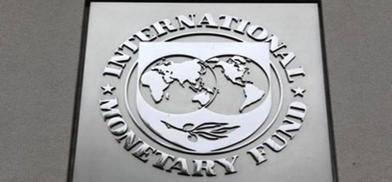IMF Board approves $395 million credit assistance for Nepal to mitigate Covid-19 impact
The International Monetary Fund (IMF) Board has approved a $395.9 million extended credit facility (ECF) for Nepal to help it mitigate the pandemic’s impact on health and economic activity, supporting sustained growth and poverty reduction among others

The International Monetary Fund (IMF) Board has approved a $395.9 million extended credit facility (ECF) for Nepal to help it mitigate the pandemic’s impact on health and economic activity, supporting sustained growth and poverty reduction among others. Around $110 million of the total fund will be eligible for immediate disbursement for budget support.
The program, valid for 38 months, will help fill financing gaps and will catalyze additional financing from Nepal’s development partners, the global lender said in a statement. Earlier in May 2020, the country received $214 million in credit from the IMF under the Rapid Credit Facility.
The pandemic, especially the second wave, took a huge toll on the country’s economy, which contracted 2.1 percent in the fiscal year 2019-20. Tourism, one of the key economic pillars of its economy, will see a slow recovery, it said in the statement.
“The Covid-19 pandemic severely impacted Nepal’s economy, including through a decline in tourism and domestic activity and volatile remittances,” said Bo Li, deputy managing director and acting chair of the IMF executive board.
“Households are experiencing an ongoing shock to income and social assistance programs have limited coverage, implying a likely setback to poverty alleviation gains in recent years,” he added.
The country’s foreign reserve exchange, which remains stable during the most time in the pandemic, is now on the decline. The fiscal deficit is expected to widen from 4.2 percent of GDP in 2020-21 to 6.3 percent in 2021-22, the IMF said in the statement.
The program will support the government’s priorities, mitigate the pandemic’s impact on health and economic activity and protect vulnerable groups; preserve macroeconomic and financial stability; support sustained growth and poverty reduction, and catalyze additional external financing.
(SAM)








Post a Comment